The Germany Rheumatic Fever Market is characterized by a complex landscape influenced by various factors, including disease prevalence, treatment options, and regulatory frameworks. Competition in this market intensifies as healthcare providers and pharmaceutical companies focus on delivering effective therapies while balancing cost-effectiveness and accessibility. The market is shaped by innovations in drug development, patient management approaches, and the increasing emphasis on preventative healthcare measures. Key players are continually seeking to expand their market share through strategic collaborations, partnerships, and research initiatives targeting improved patient outcomes.
In addition, a thorough understanding of the healthcare infrastructure and the dynamics of the healthcare system in Germany plays a crucial role in shaping competitive strategies and positioning within the market.
GlaxoSmithKline has established a strong presence in the Germany Rheumatic Fever Market through its diverse portfolio of medicines and robust research initiatives focused on rheumatic diseases. The company is known for its commitment to innovation and the development of therapies that address unmet medical needs in the rheumatology space. With well-established relationships with healthcare professionals and institutions, GlaxoSmithKline leverages its extensive expertise in pharmaceutical development to deliver solutions that enhance the quality of life for patients suffering from rheumatic conditions.
The company's strengths lie in its comprehensive approach toward patient education, its emphasis on collaborative research, and its ability to harness cutting-edge technologies in developing treatments, which are vital in maintaining its competitive edge within this specific market.
Amgen has positioned itself as a key player in the Germany Rheumatic Fever Market, focusing on the development of biologics and other advanced therapeutics for treating rheumatic diseases. The company's product offerings include innovative treatments that have shown efficacy in managing conditions associated with rheumatic fever. Amgen's strengths are amplified by its dedication to research and development, underscored by significant investments in clinical trials and collaborations with leading healthcare institutions in Germany.
The company has also pursued strategic mergers and acquisitions to expand its portfolio and enhance its market presence, allowing it to introduce new therapies that meet the evolving needs of healthcare providers and patients. Through these efforts, Amgen is committed to remaining at the forefront of the rheumatic fever treatment landscape in Germany, fostering improvement in patient care and outcomes.


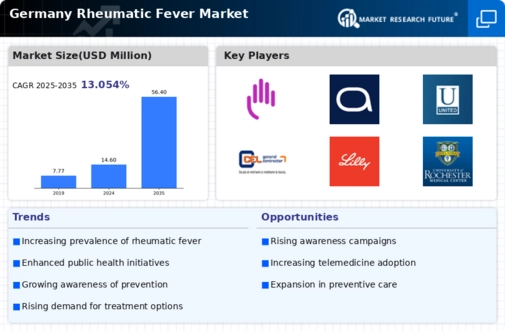
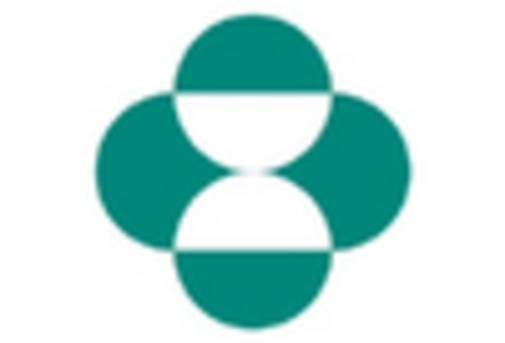
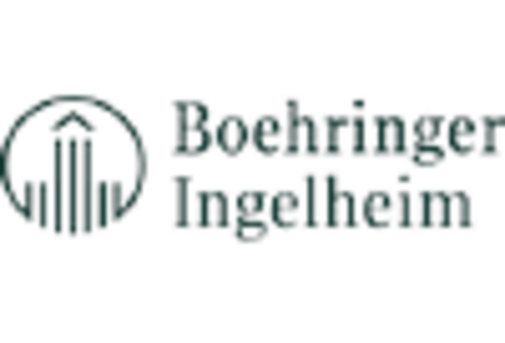
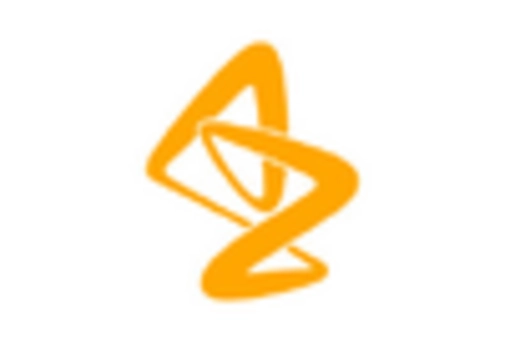
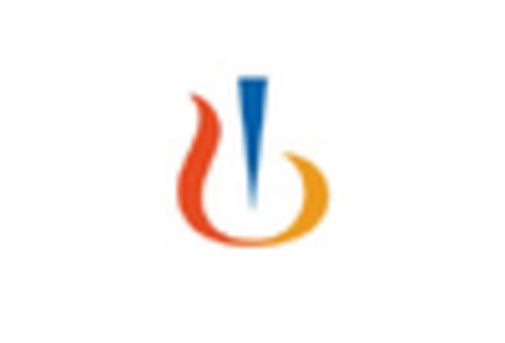
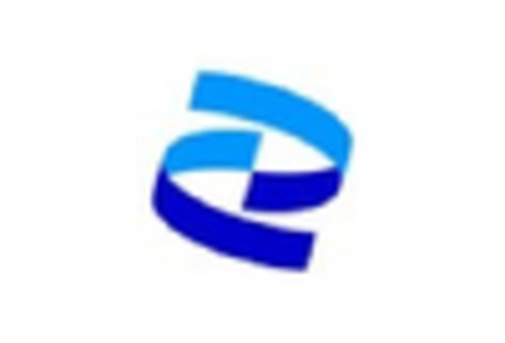
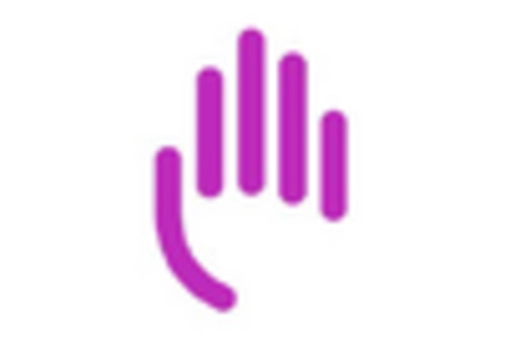




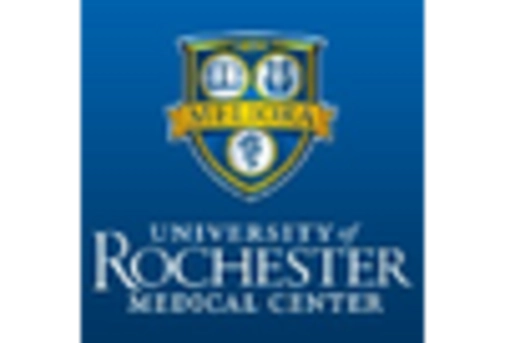










Leave a Comment